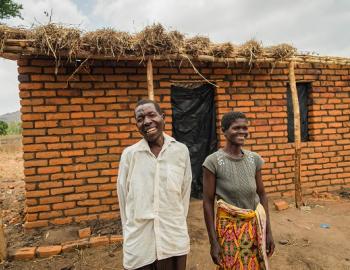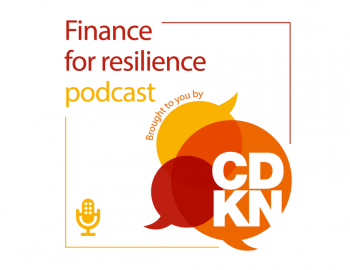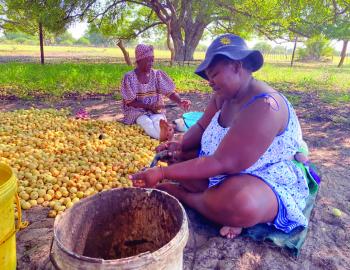Policy Brief : Non-Motorised Transport in Greater Mekong Sub-Region (GMS)
Policy Brief : Non-Motorised Transport in Greater Mekong Sub-Region (GMS)
Developing countries of the Greater Mekong Sub-Region have experienced rapid economic growth in recent years. Growth in the region (GDP) as a whole has averaged close to 8% per year throughout since early 1990s. One common feature of the region is growth of its small-medium size cities, which are undergoing rapid urbanisation and are becoming major tourist destinations. Cities, in general, are major contributors of green house gas (GHG) emissions, and the transport sector is one of the important and growing GHG emitter. However, cities in the region overlook the importance of planning for sustainable urban transport as a precursor to livable city. Non-Motorised Transport (NMT) - walking and cycling - not only improves the environmental quality by reducing GHG emissions and provides health benefits, but also improves the livability of the city and thus enhances its touristic potential.
This short policy brief, Non-Motorised Transport in Greater Mekong Sub-Region (GMS), looks at the problem of motorised transport in Asian cities, the policy landscape for NMT and lays out NMT improvement strategies, as well as policy development and implementation schemes.
Further reading:
This project and publication has been produced as part of the SUMERNET research call for research on the theme of sustainable urban tourism and low-carbon initiatives in Hue and Chiang Mai.
SUMERNET Homepage: SUMERNET
Preservation of garden house for sustainable urban tourism in Hue City, Vietnam
An Inventory of Greenhouse Gas Emissions from Tourism related activities in Hue city, Vietnam
An Inventory of Greenhouse Gas Emissions from Tourism related activities in Chiang Mai Municipality, Thailand
The employment assessment in Chiang Mai, Thailand
Garden houses for green tourism in Hue City, Vietnam



